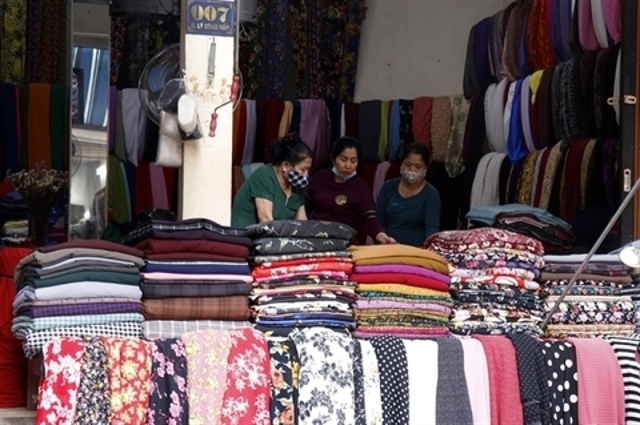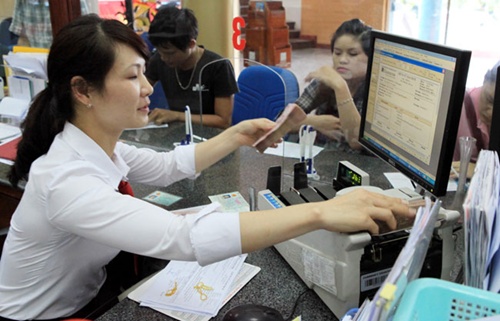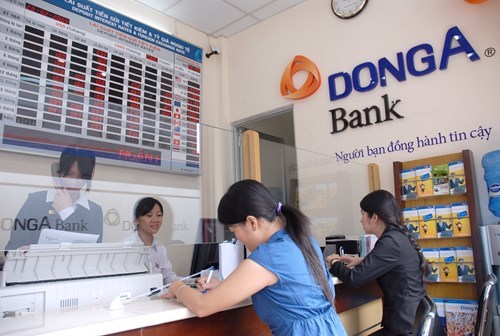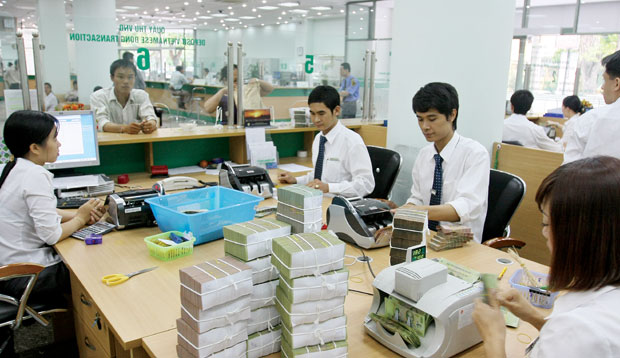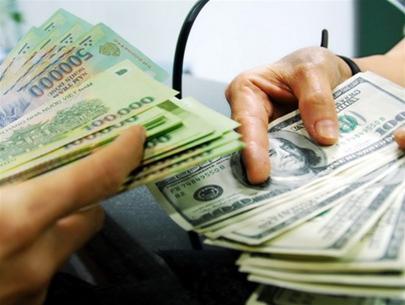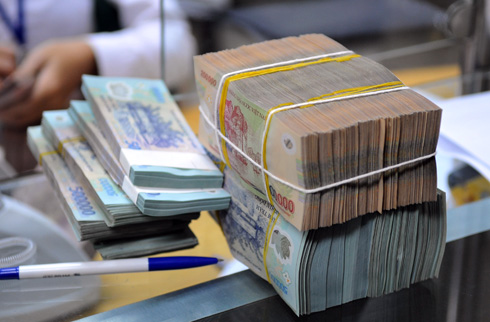Vietnam’s public debts not too high, but still risky: economist
Vietnam’s public debts not too high, but still risky: economist
The Ministry of Finance (MOF) said that Vietnam’s public debt was still within the safety line but economists say they can see high risks.
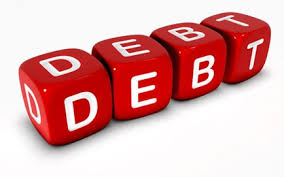
According to Nguyen Chi Hai from the HCM City Economics & Law University, when MOF says Vietnam’s public debt is still ‘safe’, it means that the debt is below 65 percent of the country’s GDP, the ceiling set by the National Assembly.
Meanwhile, when economists talk about high risks, they refer to the low efficiency of loan usage and the debt payment capability.
Hai, in an article on Dat Viet, noted that Vietnamese agencies talk much about the ratios of public debt on GDP, while paying inappropriate attention to the loan use efficiency and solvency.
Dr. Phuong Ngoc Thach, chair of the HCM City Economics and Management Association, also commented that Vietnam’s debts are not overly high, but still at risk.
Thach said economists refer to many different factors when measuring the risk, including the source of lending (domestic or foreign debts), the economic growth rate, or the health of the national economy and the national reserves.
A growing economy with high income per capita and low government bond yield will mean low risk of insolvency.
“This explains why the public debt of Japan, one of the biggest debtors in the world, is still safe. Meanwhile, Vietnam’s public debts contain high risks,” he commented.
Vietnam’s economy, over the last 30 years, has been relying on the investment increase to grow with the high ICOR (incremental capital output ratio) at 6-7. Meanwhile, the ratio is 3 for Japan and South Korea.
Experts pointed out some outstanding characteristics of Vietnam’s public debts.
First, the public debts have been increasing rapidly in the last five years. According to the General Statistics Office (GSO), the ratio of public debt of GDP has increased from 51.7 percent in 2010 to 54.2 percent in 2013 and to 60.3 percent in 2014.
Meanwhile, the government’s debts have increased from 42.3 percent in 2013 to 46.9 percent in 2014, while the foreign debts from 37.3 percent in 2013 to 39.9 percent in 2014.
Second, though Vietnam’s public debt is still within the safety line (it may reach the highest peak of 65 percent of GDP by 2017), Vietnam bears pressure in the debt payment.
According to MOF, the expenses on public debt payment accounted for 22 percent of the total revenue of the state budget in 2010, while the figure rose to 26 percent in 2014.
Third, the safety of public debt is not only measured by the ratio of debt on GDP, but also on the loan use efficiency. Meanwhile, the ICOR is high.






